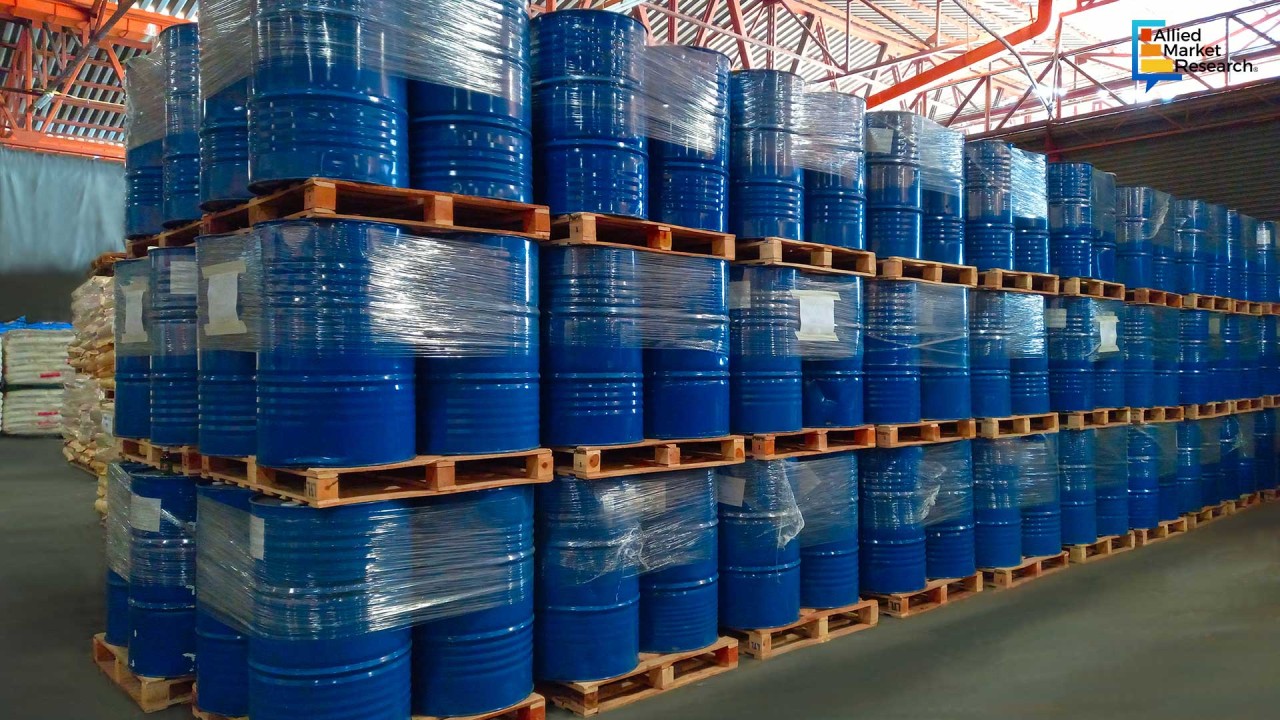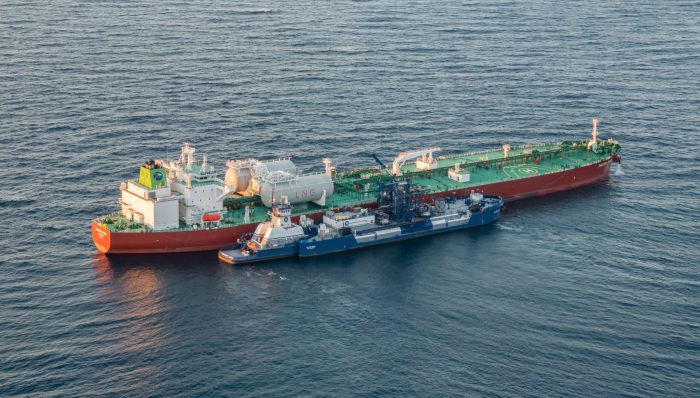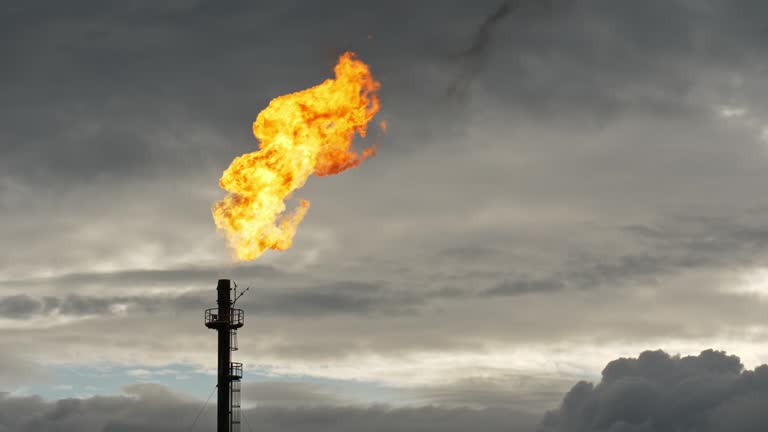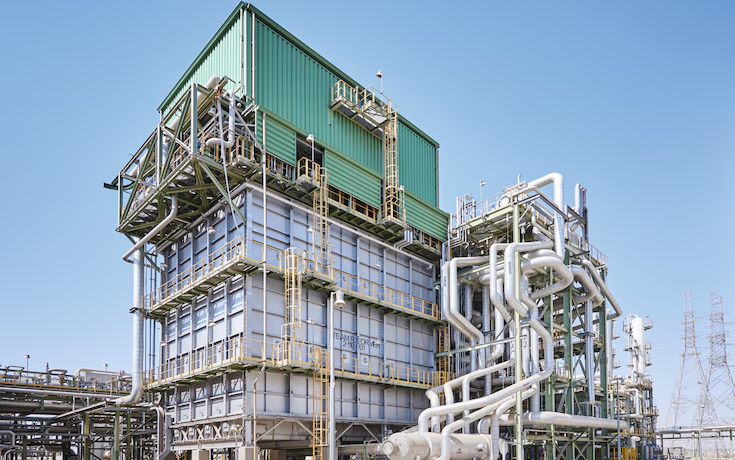
The supply chain in the chemical industry is a complex ecosystem that is inextricably interwoven from raw material acquisition to the delivery of final products. It proceeds to the in depth analysis of multifaceted dynamics that dwell within the supply chain at large, elaborating on what really shapes the landscape for the industry's supply chain.
1. Raw Material Sourcing
1.1 Factors Influencing Sourcing Decisions
Raw material sourcing has a great influence on the supply chain of the chemical industry. The choice of sources depends on various factors. The significant factors that are useful for deciding on the raw material sources include cost considerations, availability, and geopolitical factors, all of which would contribute majorly towards determining the sourcing strategy that is to be adopted by the manufacturers in the chemical industry.
The economic consequences of the choice of raw materials have to be understood quite well. The fluctuations in the costs of raw materials may proportionately affect the overall production costs and thus change the competitive situation of the chemical products on the market. A further criterion is availability, meaning that one must be certain of a stable, continuous supply of raw materials to ensure undisturbed production processes.
Not only that, but also, the geopolitical nature of some factors is capable of bringing an element of uncertainty to sourcing raw materials. Shifts in trade policies, international relations, or geopolitical tensions may result in the chain of raw materials being broken, which requires industry players to be proactive and adapt to such situations.
1.2 Impact of Sustainability Trends
In the last years, sustainability has been a steady influence on sourcing decisions within the chemical industry. As emphasis is being given to eco friendly, responsibly sourced materials, companies are therefore reaching out to solutions that reflect this general societal shift in environmental consciousness.
Chemical manufacturers are now taking their raw material choices into consideration regarding the environment. This means that sourcing should reduce negative impacts on the environment. It may include responsible forestry, ethical mining, and reduced carbon footprint in transportation.
Sustainable sourcing may be a consumer driven opportunity, yet it fundamentally reflects a measure of global ambition alignment with sustainability and licensure to operate amidst tightening environmental legislation. With the chemical industry continuing to transform itself over the next couple of decades, sustainability can be expected to be an overwhelmingly dominant factor in framing raw material sourcing strategies.
2. Manufacturing Processes
2.1 Technological Innovations
Improvement in technology is, therefore, principal to the determined manufacturing processes of a chemical industry. The innovations, starting from automation to digitalization, help in enhancing efficiency, lowering costs, and improving operational effectiveness.
Introduction of automation in chemical manufacturing has changed many things. Automated systems can rationalize production lines, reduce the margin of error, and increase overall productivity. In this line, more and more robotics and AI driven technologies have been introduced into the manufacturing facilities to undertake tasks characterized by precision and speed.
Digitalization is the implementation of the principles of Industry 4.0 in manufacturing, hence making it smart. This will enable real time monitoring of processes through the adoption of sensors, data analytics, and connectivity for predictive maintenance and agile responses to the changeable market demand.
2.2 Regulatory Compliance
Another very important factor, coupled with technological considerations, is regulatory compliance. The processing of chemicals is controlled by a myriad of regulations that try to ensure safety, protection of the environment, and good product quality.
There are plenty of regulations differing from region to region that a manufacturer needs to overcome. This means meeting standards like REACH within the European Union or the Toxic Substances Control Act in the United States.
Other features of robust compliance frameworks include safety measures, waste management, and environmental protection measures. The companies should not only consider regulatory compliances that they meet but also update themselves continuously and refine their processes to meet dynamic compliances.
3. Distribution Networks
3.1 Global vs. Local Strategies
In the chemical supply chain, there is a distribution phase that involves how products are moved and delivered to the end users. In distribution, some of the important strategic decisions involve whether to adopt a global or local distribution strategy.
Global distribution strategies are methods of serving a large, geographically dispersed market. This can be applied by any chemical company with a diversified product line and customers across different geographical locations. This will help achieve economies of scale in transportation and storage and hence cater to a larger market.
Challenges, however, are also present in global strategies. Transportation costs could rise as any chemicals may need special treatment in terms of handling and storage. Another added complexity to global distribution is diverse regulatory frameworks in different countries.
On the other hand, local distribution strategies are ways of approaching regional or particular markets. It is valuable in cases when there are clear regional preferences or regulatory requirements. In its most basic form, local distribution makes it easier to give a more tailored approach to the unique conditions prevailing in specific markets.
3.2 E-commerce Integration
Digital transformation has invaded even chemical industries distribution networks. E-commerce incorporation into chemical distribution is increasingly becoming a norm with a host of associated advantages.
E-commerce facilitates direct contact between manufacturers and the end-users of the chemical product, thereby eliminating many intermediaries in the supply chain. It offers transparency to the buyer in that a buyer is able to get information on the product, the price, and availability; therefore, the buyer can easily make a decision.
Moreover, the e-commerce websites allow the chemical companies a gateway to better develop their reach and occur into new markets. Easy online transactions will be facilitated and added to flawless logistics to deliver the topmost experience to the client.
E-commerce in chemical distribution is just one more part of these much broader trends within the business to business marketplace, where we see digital platforms really changing how longtime traditional procurement processes have worked. With the continuation and quite firm establishment of digitalization trends in the chemical industry, e-commerce is likely to become much more central within distribution networks.
4. Market Trends and Demand Dynamics
4.1 Industry-specific Trends
Knowing market trends and demand dynamics helps a chemical company in staying competitive and responsive to consumer preference. Industry-specific trends drive product development, marketing strategies, and overall business decisions.
Over the past couple of years, specialty chemicals have been one of the trends in the chemical industry. These are the low volume but high value chemicals used for special applications. Specialty chemicals are driven by such industries as electronics, where tiny circuits require special formulations; the automotive industry, with its specialized applications; and, more relatedly, healthcare products consider personal care products, medicines, and medical devices all demanding highly specialized minute formulations.
4.2 External Influences
The chemical industry is subject to a number of external factors that shape market trends and dynamics. Economic conditions and geopolitical events, global crises all these can have a great influence and require chemical manufacturers to be agile and responsive.
Economic downturns hit the level of general industrial activity, thereby reducing demand for chemicals; economic growth can spur higher demand in construction, infrastructure, and consumer goods.
Geopolitical events, such as trade wars or any adjustments to international relationships, may disrupt raw material flows and therefore affect supply chains. The chemical industries are now globally interconnected hence, geopolitical changes are bound to impact sourcing, manufacturing, and distribution.
Global emergencies, such as the COVID-19 pandemic, have brought to the fore the importance of resilience in the presence of unforeseen challenges. At such times, adaptability to sudden changes in demand, supply chain disruption, and workforce limitation becomes most vital.
5. Conclusion
In a nutshell, the chemical industry's supply chain may be explained as a dynamic, complex, and open network, liable to influences of all kinds, thereby putting forward various challenges and opportunities at each stage from sourcing raw materials to distribution. Two critical themes seem to drive the future of this industry sustainability and technological innovation. Eco friendly practices and technologies, as well as AI, blockchain, and IoT for efficiency and resilience, are some key trends. The companies that, in good time, embrace these innovations will be better positioned to address future challenges, market trends, and to contribute actively to a low carbon, more sustainable, and agile chemical industry. Other critical aspects for the supply chains of the future are continuous improvement, positioning sustainability at the top of the agenda, and building up resilient supply chains in times of change within the regulatory environment and geopolitical shifts.
Trending Posts

Global Silver Nanoparticles Market
The global silver nanoparticles market was valued at $2.08 billion in 2020, and is projected to reach $4.1 billion by 2027, growing at a CAGR of ~17%

LNG Bunkering – Here is something you must know!
In the current scenario of growing pollution, companies are trying to adapt more and more sustainable approach that not only gives eco-friendly result

The Basic Pension Comes - Federal Cabinet Decides On the Pension Supplement
Financial security in old age is an issue that is causing stomach pains for more and more people in Germany. Low-wage earners fear the elderly. The ba

The Future of Artificial Intelligence
In recent years, the field of artificial intelligence (AI) has witnessed unprecedented growth and transformative advancements. As AI technologies

Sailing into the future with Autonomous Ships
Autonomous Vehicles (AVs) are the uproar of this era. After airways, thanks to the companies like Tesla, that people are now getting used to see drive

Rising Demand For Uninterrupted Power Supply Is Expected To Drive The Power Rental Market
Todays world is totally reliant on electric power. There are many things which are not manageable without electricity. Power rental is a concept where

Rapidly growing IT industry coupled with the trend of bringing your own device (BYOD) is expected to provide new opportunities for growth of Cloud Collaboration
Cloud collaboration is the process of sharing and co-authoring the computer-based work through cloud technology

Factcheck on UV Disinfection for COVID-19
Many regulatory authorities and bodies believe that UV disinfection technologies can play a role in a multiple barrier approach to reducing the transm

The Global Ventilator Market Grows at a CAGR of 7.75 %
The Global Ventilator Market, which was at $688 million in the year 2016, is about to double by the year 2025, and reach a value of $1,347 million. Th

Vaccination: Vaccination Against Measles is Now Mandatory in Germany
The subject of compulsory vaccination has always heated peoples minds and caused emotionally charged discussions. The latest law in this area - the ob
Recent Posts

Growth and Future Trends of the Global In-Line UV-Vis Spectroscopy Market
In-line UV-Vis spectroscopy is a powerful analytical tool widely adopted in various industries for real-time monitoring of chemical and biological processes. This market is experiencing robust growth due to its applications in pharmaceutical.

Understanding the Growth Dynamics of the Premium Luggage Market
The market for premium luggage has grown massively over the years. This is attributed to several factors, including a change in consumer preference, increase in disposable incomes, and an overall rise in international travel.

Global Potassium Sorbate Market: Growth and Forecast
The Global Potassium Sorbate Market has gained significant traction due to the rising demand for preservatives across various industries, especially in food and beverages. Potassium sorbate, a salt of sorbic acid.

Global Venturi Masks Market Growth and Forecast
Venturi masks, also known as air-entrainment masks, play a crucial role in delivering a precise oxygen concentration to patients, particularly those suffering from chronic respiratory conditions such as COPD (Chronic Obstructive Pulmonary Disease).

Global Venous Thromboembolism (VTE) Therapeutics Market: Overview, Growth, and Forecast
Venous thromboembolism (VTE) is a critical medical condition including deep vein thrombosis and pulmonary embolism. In fact, it is one of the preventable causes of death in the hospital environment. It has experienced a substantial upsurge.

Global Vein Illumination Device Market: Growth and Forecast
The global vein illumination device market is experiencing significant growth, Due to a growing demand for minimally invasive procedures and an increase in chronic diseases, not to mention development in medical technology.

Global Vasculitis Treatment Market: Growth and Forecast
Vasculitis represents a group of disorders involving inflammation of blood vessels. It can affect parts of the body such as the skin, kidneys, lungs, and joints, and without proper treatment it may cause severe morbidity.

Global Fired Heaters Market: Growth and Forecast
The global market for fired heaters is growing at a rapid pace due to increased demand from major industries such as the oil & gas, chemical, and petrochemical sectors. Fired heaters are among the most crucial components of process heating systems.

Global Gas Flares Market Growth and Forecast
The growth in oil and gas production, environmental regulations, and a need for an effective waste gas management system are driving the global gas flares market. Gas flares are a crucial equipment in the oil and gas industry.

Global Steam Reformers Market: Growth, Trends, and Forecast
The steam reformers market is witnessing significant growth due to increased demand for hydrogen in industries like chemicals, refining, and fertilizers.
